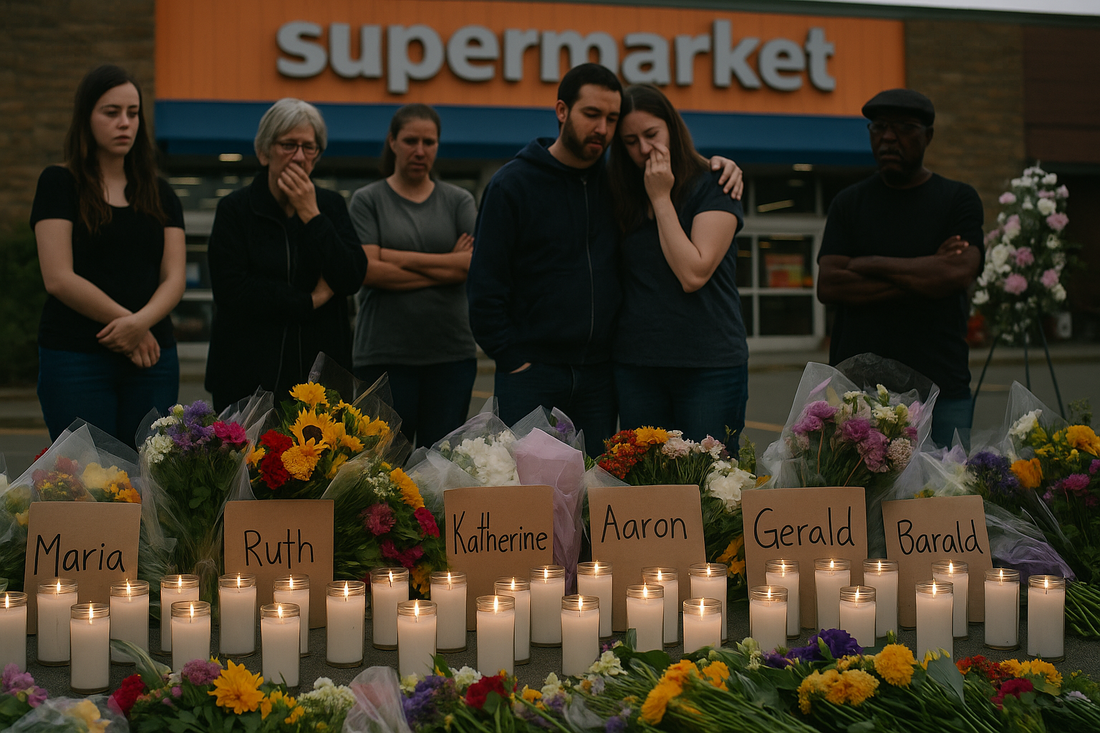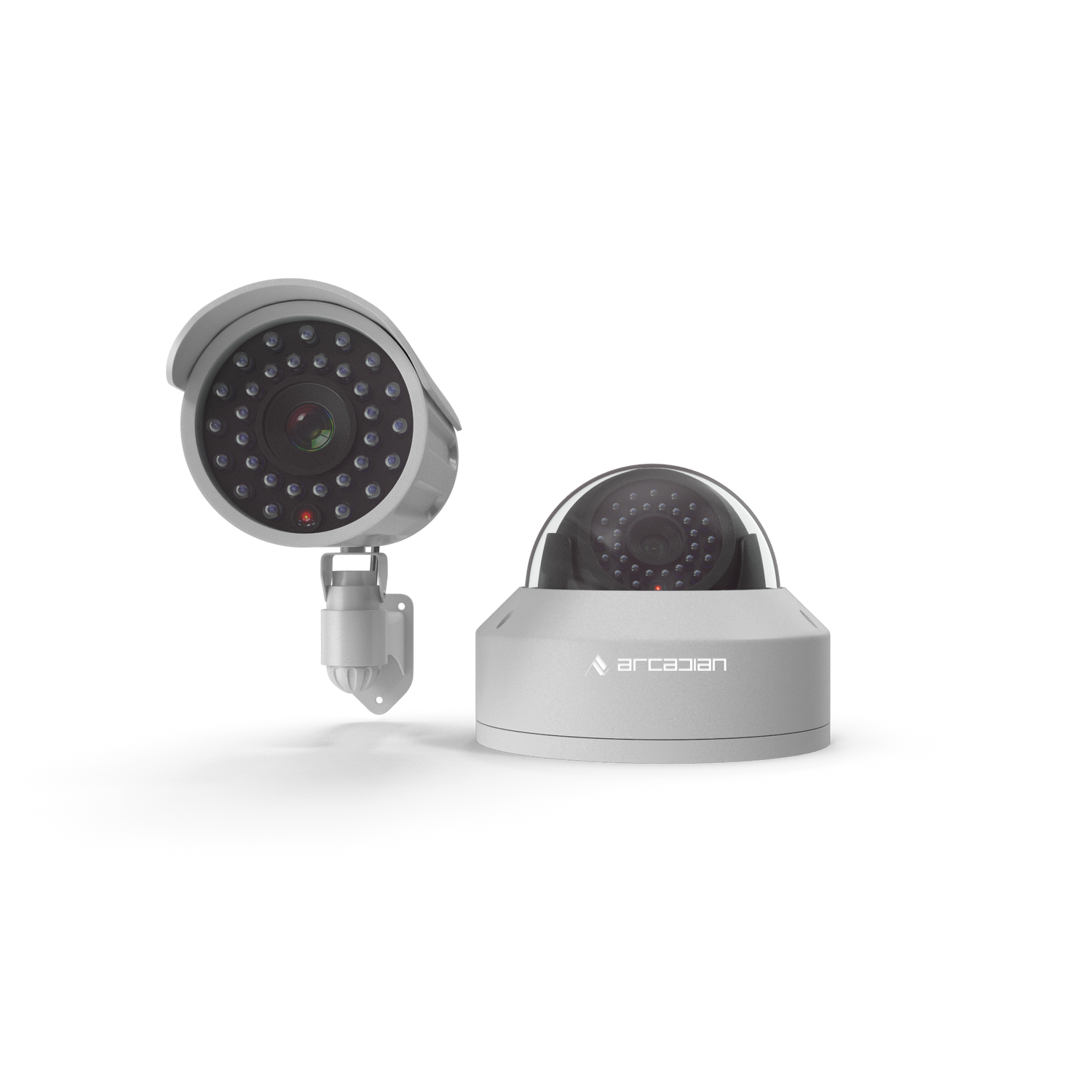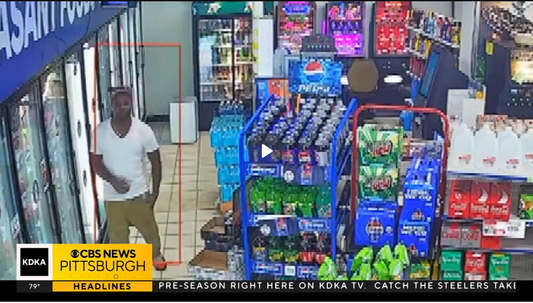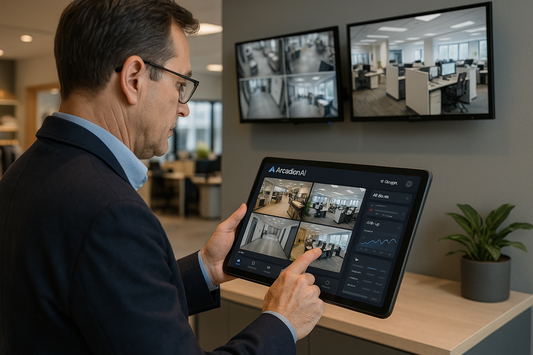Mass Shootings in America: The Statistics, The Stories, and The Urgent Need for Change
Mass shootings aren't just numbers—they're shattered lives, grieving families, and avoidable tragedies. This post blends raw data with urgent emotion to demand smarter prevention, grounded in research from Hamline University’s Violence Prevention Project and more.

Introduction: How Did We Get Here?
There is a moment after the first shot, before the sirens—when time freezes. A movie theater. A classroom. A grocery store. A place meant to be safe becomes the site of unthinkable violence. You don’t hear the statistics in that moment; you hear screaming. You see blood. You feel helpless.
But the rest of the world keeps counting. In 2023 alone, there were 656 mass shootings in the U.S., according to the Gun Violence Archive. That's nearly two per day. Over the past decade, thousands of Americans have been gunned down in public spaces. And we’ve become desensitized.
This blog is not just about numbers—though there are many. It's about what those numbers represent. Behind every statistic is a stolen future. And behind every pattern is a warning we keep ignoring.
We’ll explore:
-
Why mass shootings continue to rise
-
What Hamline University’s Mass Shooter Database reveals
-
Who the perpetrators are—and how to spot the signs
-
Why traditional responses keep failing
-
And how we can prevent the next tragedy
Quick Summary / Key Takeaways
-
The U.S. saw 656 mass shootings in 2023 and is on pace for over 600 again in 2025 (Gun Violence Archive).
-
1 in 15 Americans has personally witnessed a mass shooting (JAMA 2024, CU Boulder study).
-
Hamline University's Mass Shooter Database reveals that most shooters show warning signs—but systems fail to intervene.
-
The majority of mass shooters have a history of domestic violence, suicidal ideation, or social isolation.
-
AI surveillance and behavior detection tools—like those from ArcadianAI—could help intervene before a weapon is fired.
Background & Relevance
The Grim Statistics
-
According to the Gun Violence Archive, a mass shooting is defined as an incident where four or more people are shot, not including the shooter.
-
Since 2014, there have been over 5,000 mass shootings in the United States.
-
In 2023, 46,700 people died from gun-related injuries—including over 600 children.
But what does this look like in real life?
It looks like:
-
Uvalde, Texas (2022): 21 killed, including 19 children. The gunman legally bought two AR-style rifles within days of turning 18.
-
Buffalo, New York (2022): 10 Black Americans murdered in a racially motivated supermarket shooting. Shooter published a 180-page manifesto online.
-
Las Vegas, Nevada (2017): 60 killed, 867 injured—the deadliest mass shooting in modern U.S. history.
These aren’t isolated incidents. They are symptoms of a system with deep fractures.
Core Topic Exploration
What the Hamline Violence Prevention Project Reveals
Hamline University’s Violence Prevention Project maintains the Mass Shooter Database (MSD)—a first-of-its-kind academic resource built from public records, court documents, interviews, and open-source media.
Key Findings from the MSD
-
98% of mass shooters are male
-
Nearly 80% have prior warning signs such as:
-
Suicidal ideation
-
History of abuse
-
Social media threats
-
-
Over half experience a triggering event (job loss, breakup, school expulsion) within 30 days of the attack.
🔗 Hamline VPP Official Research Center
Types of Mass Shooters (Hamline’s 4 Profiles)
-
Workplace/Social Grievance Shooters
Motivated by perceived injustice or revenge. Usually older males. -
School Shooters
Often young, isolated males. Most access guns from family members. -
Ideological/Extremist Shooters
Motivated by racism, misogyny, or political extremism. Increasingly radicalized online. -
Family Annihilators
Often end in murder-suicide. Victims are usually women and children.
The Root Causes: What Drives Someone to Commit a Mass Shooting?
Mental Health—Misunderstood but Important
While mental illness is often cited in media coverage, research from The Violence Project shows that only about 25% of mass shooters have a diagnosed mental illness. The real culprits are trauma, despair, and access to firearms.
Access to Guns
The U.S. has 120 guns for every 100 people—the highest per-capita rate in the world. With minimal checks in many states, it’s easier to buy a semi-automatic rifle than to adopt a pet.
Social Media & Radicalization
Platforms like YouTube, 8chan, Discord, and Reddit have been used to:
-
Post manifestos
-
Plan attacks
-
Livestream murders
This digital ecosystem accelerates copycat violence.
Comparisons & Use Cases
| Factor | Legacy Response | Modern AI Prevention (e.g. ArcadianAI) |
|---|---|---|
| Shooter Identification | After-the-fact via CCTV | Behavior analytics detect pre-attack patterns |
| Response Time | Delayed (police alerts) | Real-time alerts with location data |
| Intervention | Passive review | Proactive behavioral flags (loitering, threats) |
| System Flexibility | Static NVR/VMS | Cloud-native, dynamic learning models |
| Integration | Fragmented systems | Unified dashboards across multiple locations |
Real-World Use Case: Preventing Violence at Schools
In 2023, a Colorado school district began piloting AI behavioral monitoring software integrated into existing CCTV. Within 3 months, it prevented two knife-related incidents and flagged multiple students expressing threats on campus grounds.
The takeaway? Proactive systems work. Static ones watch.

Common Questions (FAQ)
1. What qualifies as a “mass shooting”?
Most researchers follow the GVA definition: 4 or more people shot, not including the shooter, in a single event.
2. Are schools the most common sites for mass shootings?
No. Workplace and domestic settings are actually more common. But school shootings have higher emotional and political impact due to the age of victims.
3. Why don’t we just ban assault rifles?
While 61% of mass shootings involve handguns, assault rifles account for disproportionate deaths in high-casualty events. Political opposition and lobbying hinder bans.
4. Can AI really prevent shootings?
AI can't stop all attacks, but early intervention through behavioral cues, crowd anomalies, and context-aware systems has already shown promise.
5. What role does trauma play?
Significant. Many shooters have been victims of abuse, bullying, or loss—and never received mental health care.
6. Where can I see mass shooter profiles and stats?
Visit The Violence Project or Hamline’s VPP Research Center.
Conclusion & CTA
We are not powerless. Mass shootings are not inevitable. The United States remains the only developed country where this happens on a near-daily basis. We normalize the headlines, say "thoughts and prayers," and move on—until it's our school, our concert, our supermarket.
But behind the numbers are patterns. And behind the patterns are choices.
ArcadianAI’s mission is to move beyond reactive security. Our AI systems don’t just store footage—they understand behavior, context, and pre-attack cues. We believe that every alert matters. Every second saved matters.
If we can see the signs earlier, we can intervene faster. And if we intervene faster, we can save lives.
👉 Want to see how AI can help protect your community, campus, or enterprise? Get a Demo Now
🔗 Internal Links
🌐 External References

Security is like insurance—until you need it, you don’t think about it.
But when something goes wrong? Break-ins, theft, liability claims—suddenly, it’s all you think about.
ArcadianAI upgrades your security to the AI era—no new hardware, no sky-high costs, just smart protection that works.
→ Stop security incidents before they happen
→ Cut security costs without cutting corners
→ Run your business without the worry
Because the best security isn’t reactive—it’s proactive.







